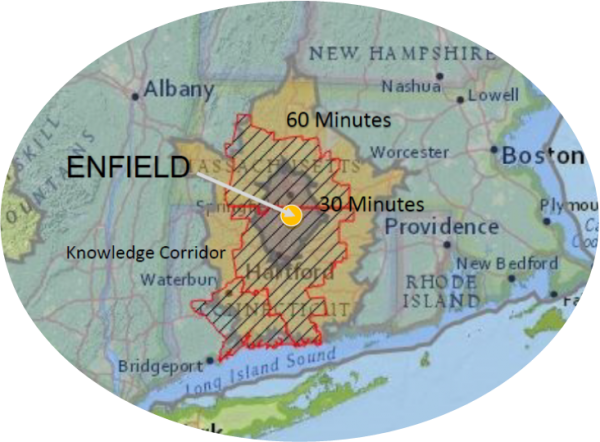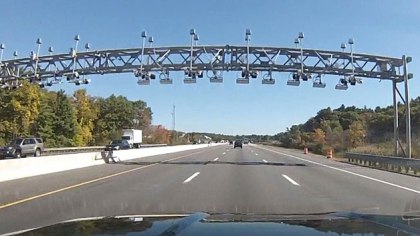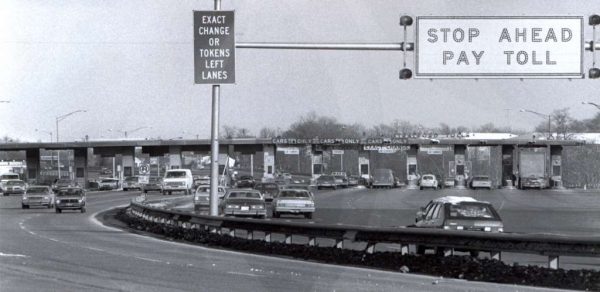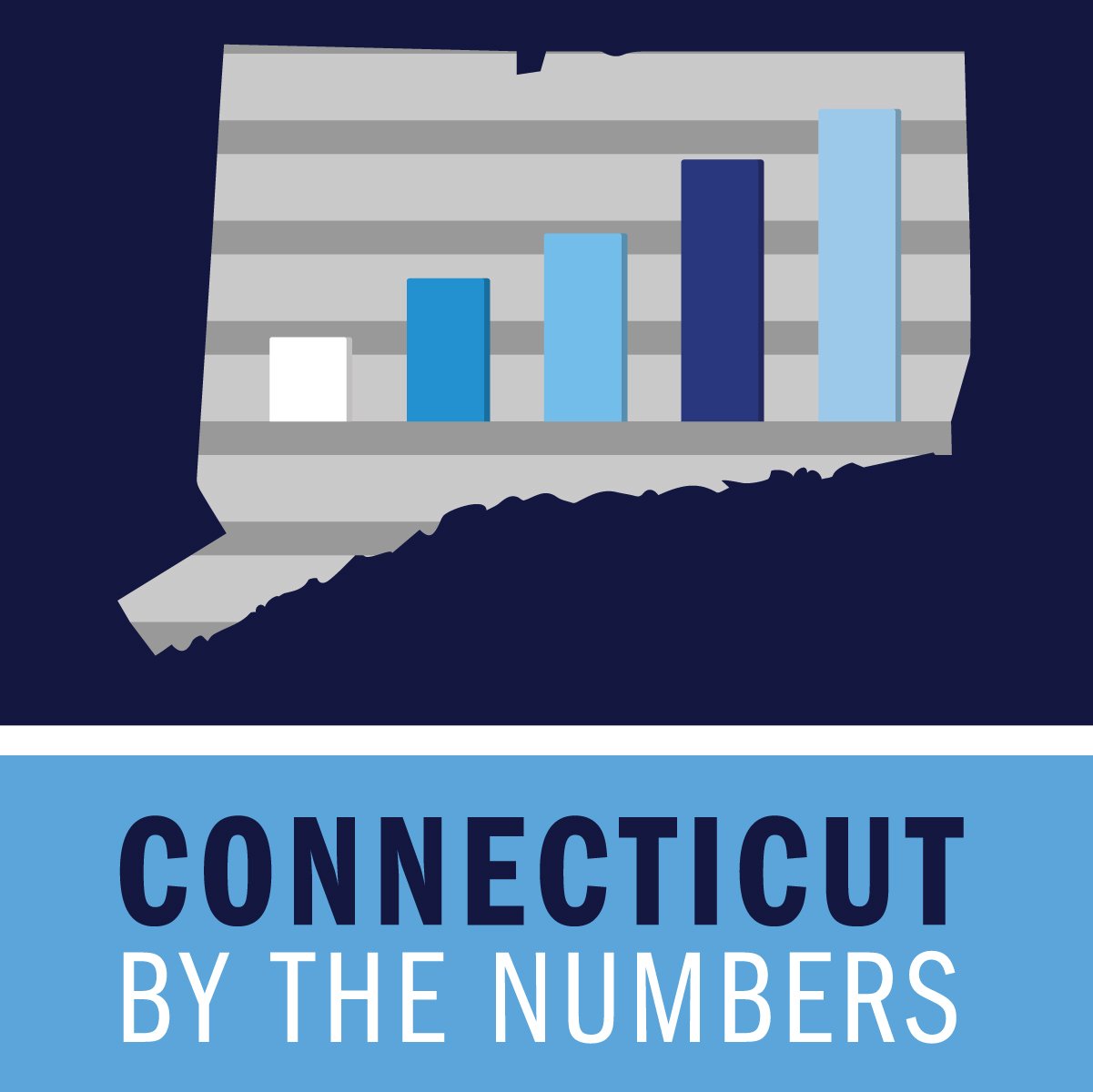To Combat Teen Driving Deaths, Video Contest Theme is “Could This Be You?”
/The problem is not surprising, but the solution remains elusive. Young drivers account for a disproportionate number of motor vehicle crashes and these crashes are the leading cause of death for this age group.
In fact, the risk of motor vehicle crashes is higher among 16-to 19-year-olds than among any other age group. Data indicate that per mile driven, teen drivers ages 16 to 19 are nearly three times more likely than drivers aged 20 and older to be in a fatal crash, according to the Centers for Disease Control and Prevention. Fatal crashes involving teen drivers jumped 10 percent between 2014 and 2015, the most recent year-to-year data available, according to a report by the Governors Highway Safety Association.
In an ongoing effort to reduce those numbers in Connecticut and better alert teens and their parents of the dangers, the Connecticut Department of Motor Vehicles and Travelers are once again launching their annual Teen Safe Driving Video contest for high school students.
The theme this year is: “Teen Safe Driver: Could This Be You? Every Second Matters.” The stated goal is to create peer-to-peer education and influence about developing safe driving habits. A panel of judges comprised of safety advocates, health experts, and state officials will select the winners. Entries are due by December 15, 2017. Travelers will award up to $26,000 in cash prizes to the winning students and their high schools.
The theme of this year’s contest calls for video submissions showing positive examples of how to prevent tragedies, crashes, injuries and deaths. Studies have shown that positive influences can have the most effect on changing behavior.
“We fully support the Connecticut DMV’s program that educates teens about the importance of safe driving,” said Michael Klein, executive vice president, and president of Personal Insurance at Travelers. “Teenagers talking to other teenagers about good driving habits can carry more weight, and we hope the contest sparks conversation and encourages young drivers to take precautions behind the wheel.”
“This year’s theme calls attention to the great responsibilities teen drivers have, the challenges they face when getting behind the wheel and how to create a positive outcome that promotes safety,” said DMV Commissioner Michael Bzdyra. “Each year the contest generates amazing work by students across the state, and we want the new theme to inspire the creative juices of students to promote safe driving.”
The contest is open to all public, private, and home-schooled high school students in Connecticut. Submissions must be submitted electronically or postmarked no later than December 15, 2017. Travelers will award up to $26,000 in cash prizes to the winning students and their high schools. In addition, a cash prize of $1,000 will go to the school with the video showing the best multicultural message, which has been underwritten by Yale-New Haven Children’s Hospital.
The requirements for submissions include:
- PSA must be no longer than forty-five (:45) seconds in length. • It must demonstrate the theme: “Teen Safe Driver: Could This Be You? Every Second Matters.” • PSA must show on it the hashtag #CouldThisBeYou • It must also address two specific teen driving laws. • The PSA must have a multicultural or diversity component because driving involves teens from all backgrounds, including race, color, national origin, ancestry, age, sex, disability, sexual orientation, religious beliefs, culture, etc. Bi-lingual/multi-cultural videos are welcomed and encouraged. • Teams of students are limited to a maximum of 5 members, including the student director. • The PSA must feature at least two teens, along with any other teens or adults considered necessary for the creative safety message.
Other promotional contest partners include the Connecticut Police Chiefs Association; the Connecticut Association of Schools (CAS); AAA; the Connecticut State Police; Mourning Parents Act (!MPACT); the Connecticut Children's Medical Center; Yale-New Haven Children's Hospital; Saint Francis Hospital and Medical Center; the Connecticut Emergency Nurses Association; the state Department of Public Health; the state Department of Insurance; the state Department of Transportation; the state Department of Education; and the state Division of Criminal Justice.
A group of 18 student advisors to the Connecticut DMV helped create the theme focused on the teen driver because that single person can control the fate of himself or herself, as well as others, in the vehicle. Often their fate rests on whether they follow the rules of the road with responsible decision making, safe driving and by obeying state laws, especially those aimed at 16- and 17-year-old drivers.
Student advisors who worked on the project are Kenny Bigos of Suffield High School; Taurean Brown and Salma Tapkirwala, both of the Sport and Medical Science Academy in Hartford; Michael Dellaripa, Roham Hussain and Connor Silbo, all of Xavier High School in Middletown; Jalen Fontanez of East Hartford High School; Samantha Getsie of Berlin High School; Madison Massaro-Cook of Newington High School; Alex Proscino and Daniela Violano of Hamden High School; Esha Shrivastav of Kingswood-Oxford in West Hartford; Tess Chang and Rachel Saal of Hall High School in West Hartford; Maggie Silbo of Mercy High School in Middletown; Cole Wolkner and Evan Wolkner of Farmington High School; and Emma Zaleski of Wethersfield High School.
The complete set of rules can be found at http://ct.gov/teendriving/contest. Past contest winners can be found on YouTube at: http://www.youtube.com/teensafedriving12. Since the annual contest began more than a decade ago, nearly 3,500 students across the state have participated, representing more than 100 high schools. More information about the contest can be found at http://ct.gov/teendriving/contest.



 Once underway, the new daily service will mean that from New Haven to Hartford, trains will increase from six to 17 per day. Between Hartford and Springfield, trains will increase from six to 12 per day. A new station in North Haven station is currently being designed, and is not due to be built and open until 2020. Stations in Enfield, Newington, West Hartford, Windsor and Windsor Locks stations are also part of the Hartford Line plans. Trains will arrive at stations in New Haven, Wallingford, Meriden, Berlin and Hartford every 45 minutes during peak hours and every 60 to 90 minutes during off-peak periods.
Once underway, the new daily service will mean that from New Haven to Hartford, trains will increase from six to 17 per day. Between Hartford and Springfield, trains will increase from six to 12 per day. A new station in North Haven station is currently being designed, and is not due to be built and open until 2020. Stations in Enfield, Newington, West Hartford, Windsor and Windsor Locks stations are also part of the Hartford Line plans. Trains will arrive at stations in New Haven, Wallingford, Meriden, Berlin and Hartford every 45 minutes during peak hours and every 60 to 90 minutes during off-peak periods.
 “It’s a scene repeating itself in dying suburban malls around the country,” the Globe reported, “a sweeping economic disruption known as the Amazon effect.” Industry analysts have predicted that 20 percent of the 1,200 shopping malls in the U.S. will “meet their demise,” the Globe indicated.
“It’s a scene repeating itself in dying suburban malls around the country,” the Globe reported, “a sweeping economic disruption known as the Amazon effect.” Industry analysts have predicted that 20 percent of the 1,200 shopping malls in the U.S. will “meet their demise,” the Globe indicated.
 Knowledge Corridor, Enfield provides quick and easy access to several US Highways, airports and rail systems," the 12-page Enfield proposal explained. "Tax Increment Financing (TIF) districts are being created in Enfield and surrounding towns to support new development and growth. Abatements and Regional Revenue Sharing are all available to sweeten the deal. Connecticut has the lowest corporate tax rate in the North East."
Knowledge Corridor, Enfield provides quick and easy access to several US Highways, airports and rail systems," the 12-page Enfield proposal explained. "Tax Increment Financing (TIF) districts are being created in Enfield and surrounding towns to support new development and growth. Abatements and Regional Revenue Sharing are all available to sweeten the deal. Connecticut has the lowest corporate tax rate in the North East."











 Among adults who admit to not always using safety belts in the back seat, 4 out of 5 surveyed say short trips or traveling by taxi or ride-hailing service are times they don't bother to use the belt. Nearly 40 percent of people surveyed said they sometimes don't buckle up in the rear seat because there is no law requiring it. If there were such a law, 60 percent of respondents said it would convince them to use belts in the back seat. A greater percentage said they would be more likely to buckle up if the driver could get pulled over because someone in the back wasn't buckled.
Among adults who admit to not always using safety belts in the back seat, 4 out of 5 surveyed say short trips or traveling by taxi or ride-hailing service are times they don't bother to use the belt. Nearly 40 percent of people surveyed said they sometimes don't buckle up in the rear seat because there is no law requiring it. If there were such a law, 60 percent of respondents said it would convince them to use belts in the back seat. A greater percentage said they would be more likely to buckle up if the driver could get pulled over because someone in the back wasn't buckled.
 The Governors Highway Safety Association issued a report in 2015, "Unbuckled In Back," analyzing the difference in highway fatalities between states that require rear seat passengers to buckle up and those that do not, the Hartford Courant reported. At a Connecticut legislative hearing that year, the paper noted, state Transportation Commissioner James Redeker said that everyone in a passenger vehicle should buckle up, saying statistics show "people become projectiles because they're not strapped in a safety device."
The Governors Highway Safety Association issued a report in 2015, "Unbuckled In Back," analyzing the difference in highway fatalities between states that require rear seat passengers to buckle up and those that do not, the Hartford Courant reported. At a Connecticut legislative hearing that year, the paper noted, state Transportation Commissioner James Redeker said that everyone in a passenger vehicle should buckle up, saying statistics show "people become projectiles because they're not strapped in a safety device."































